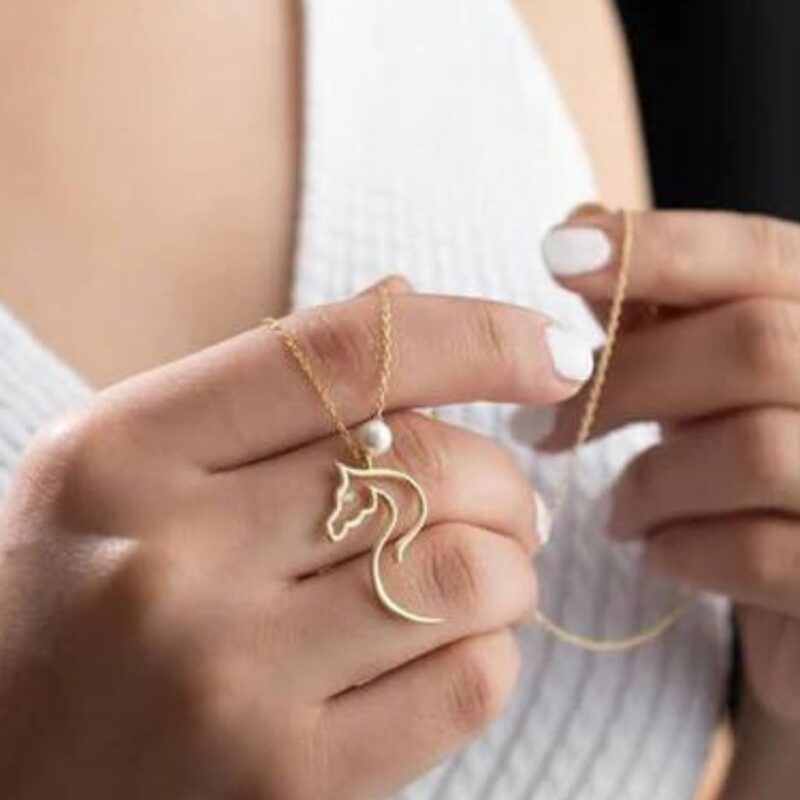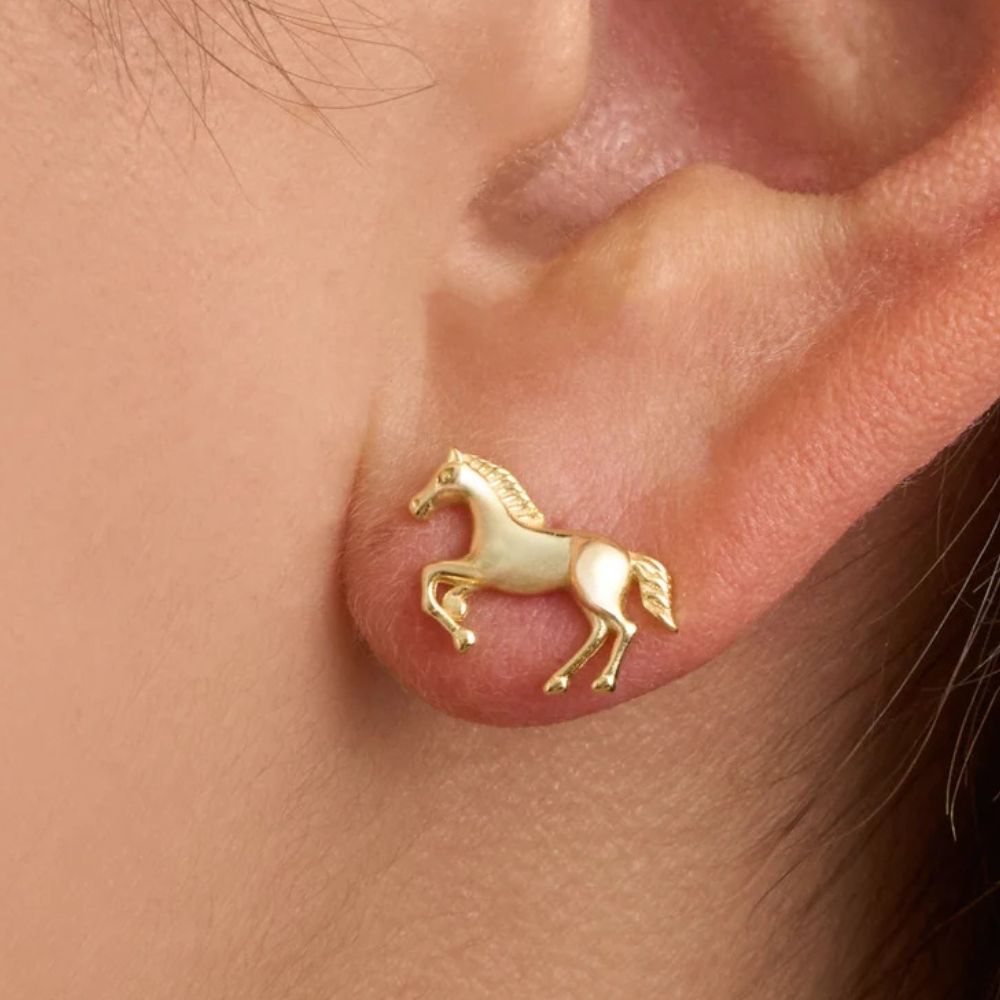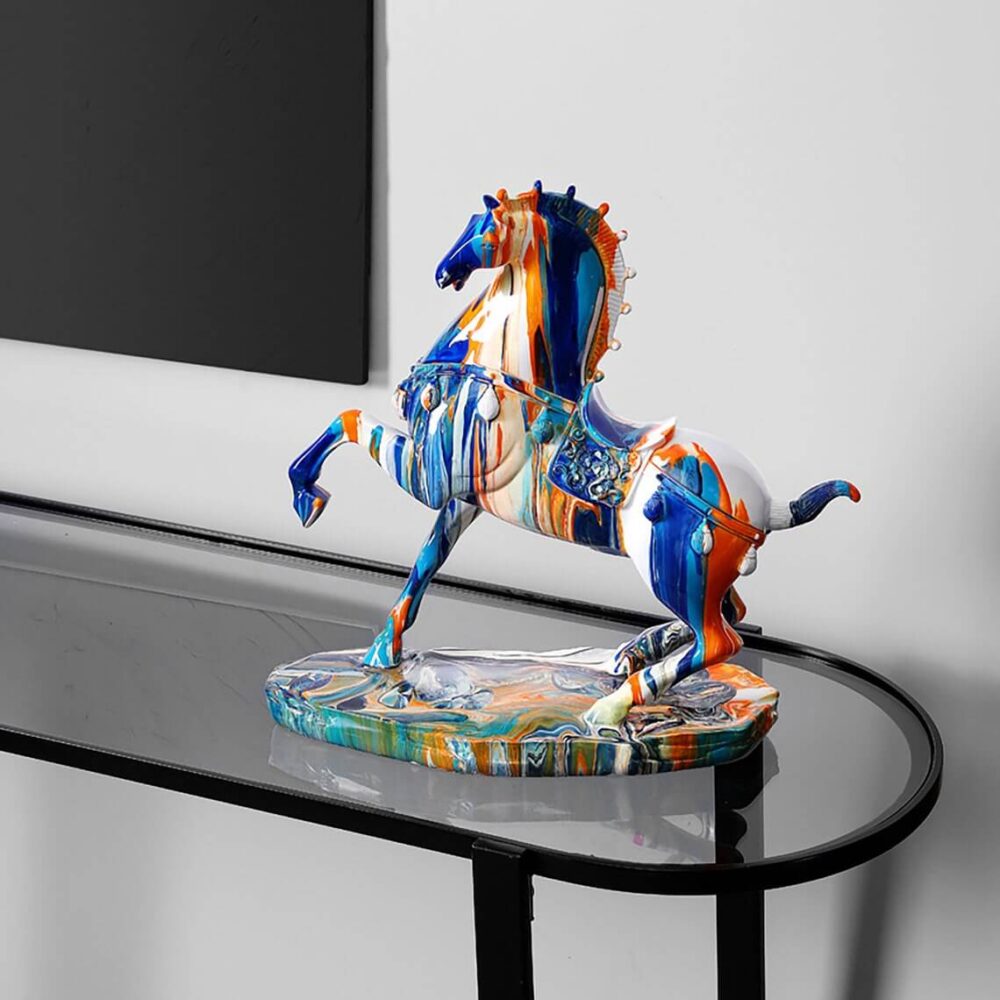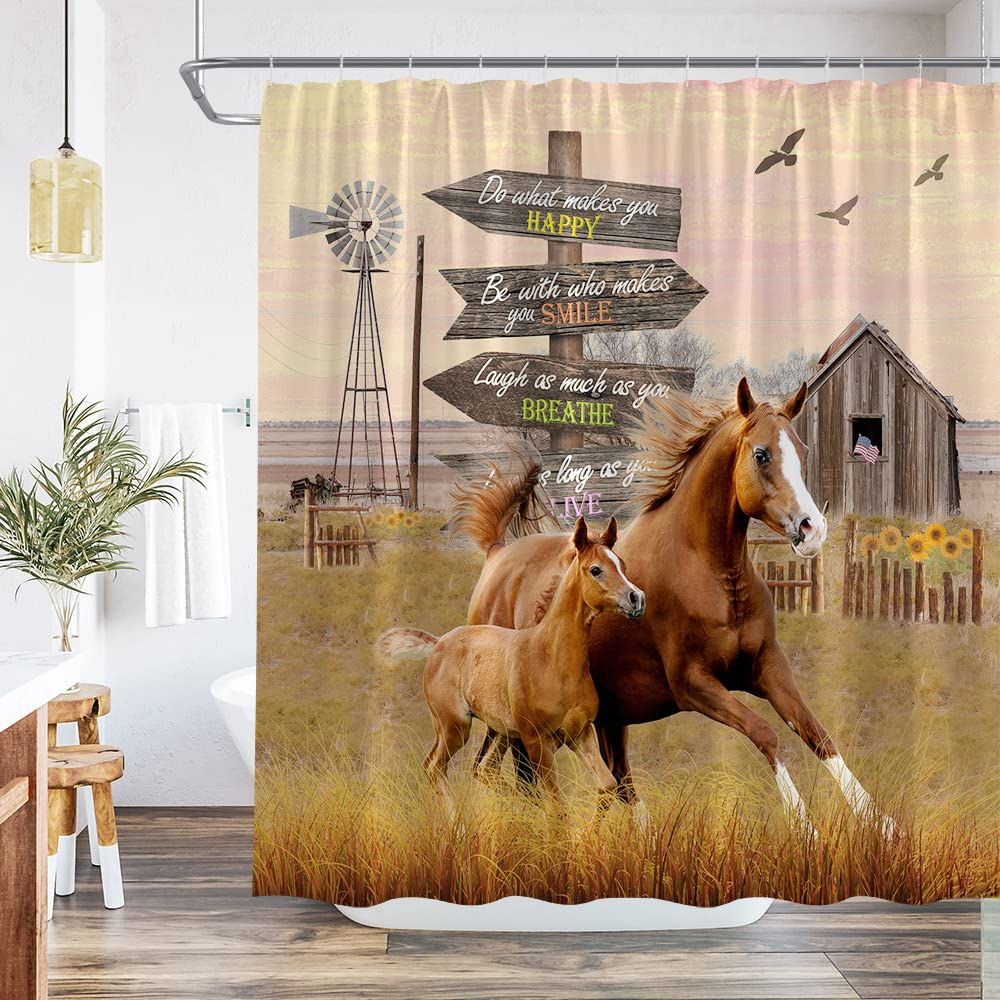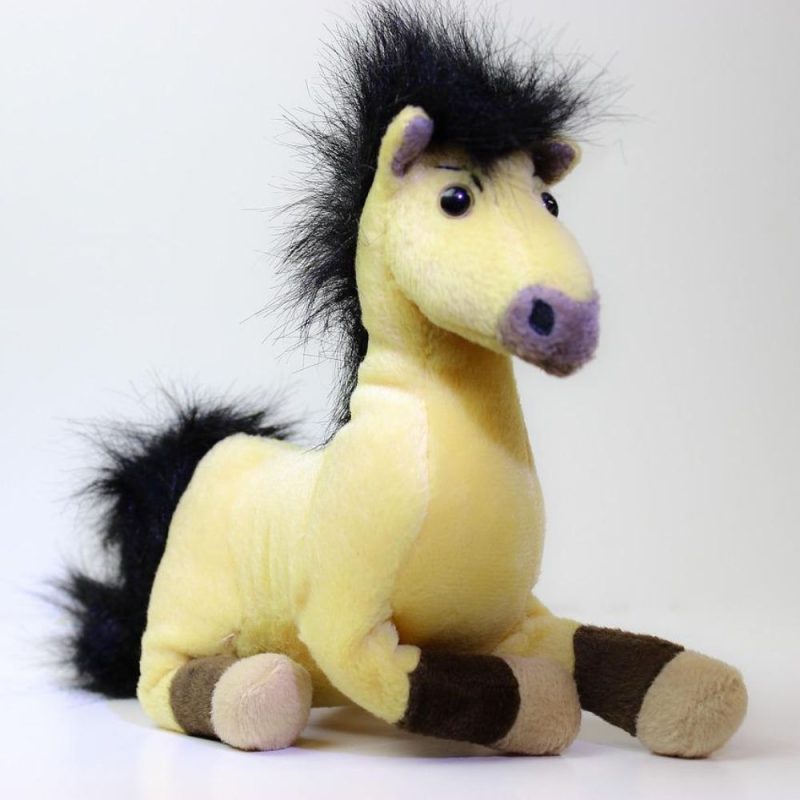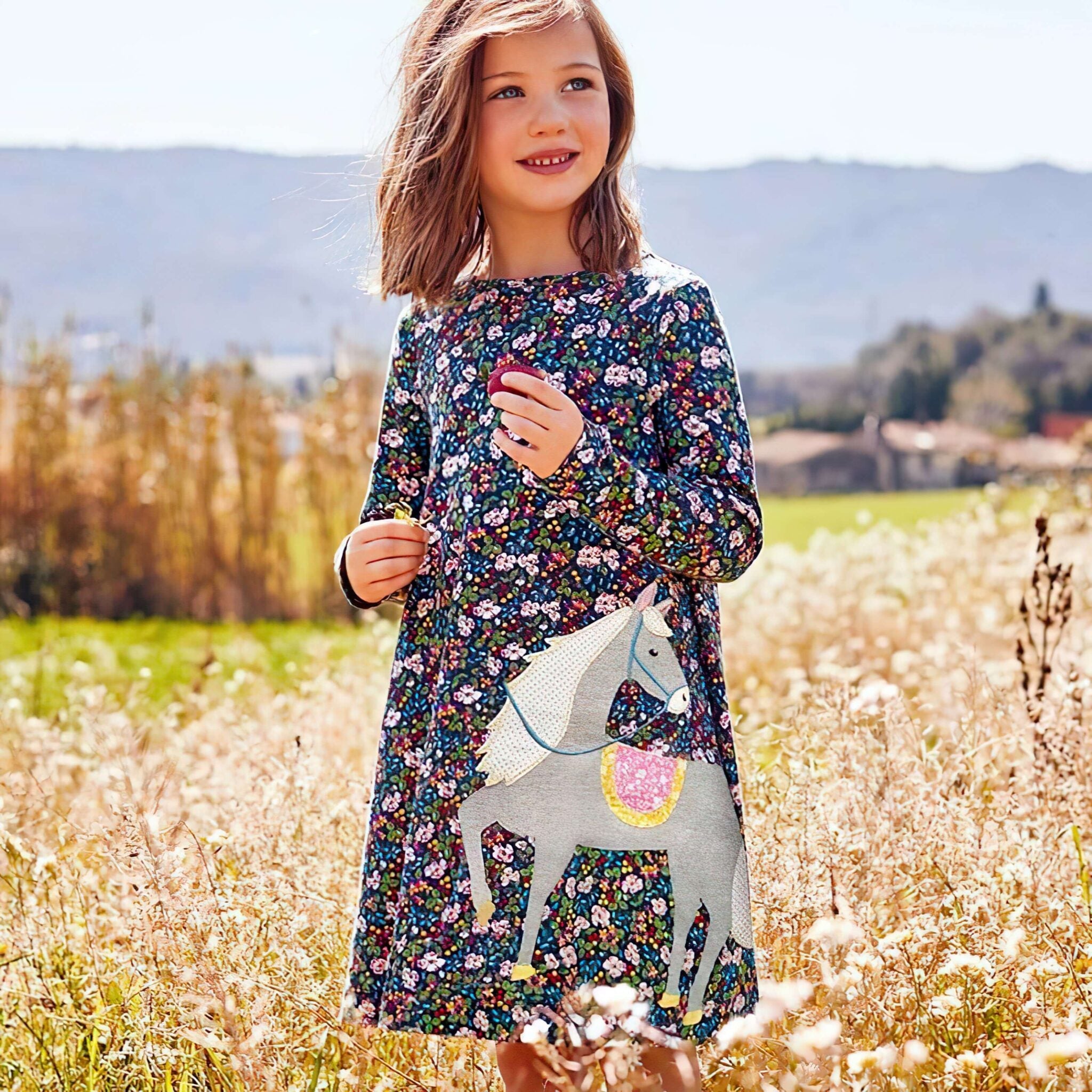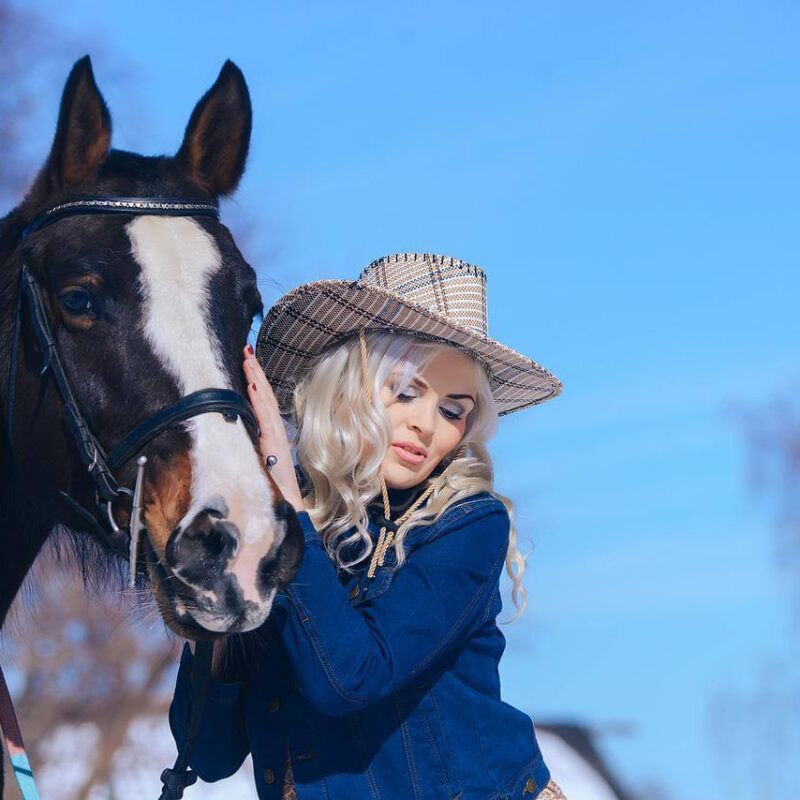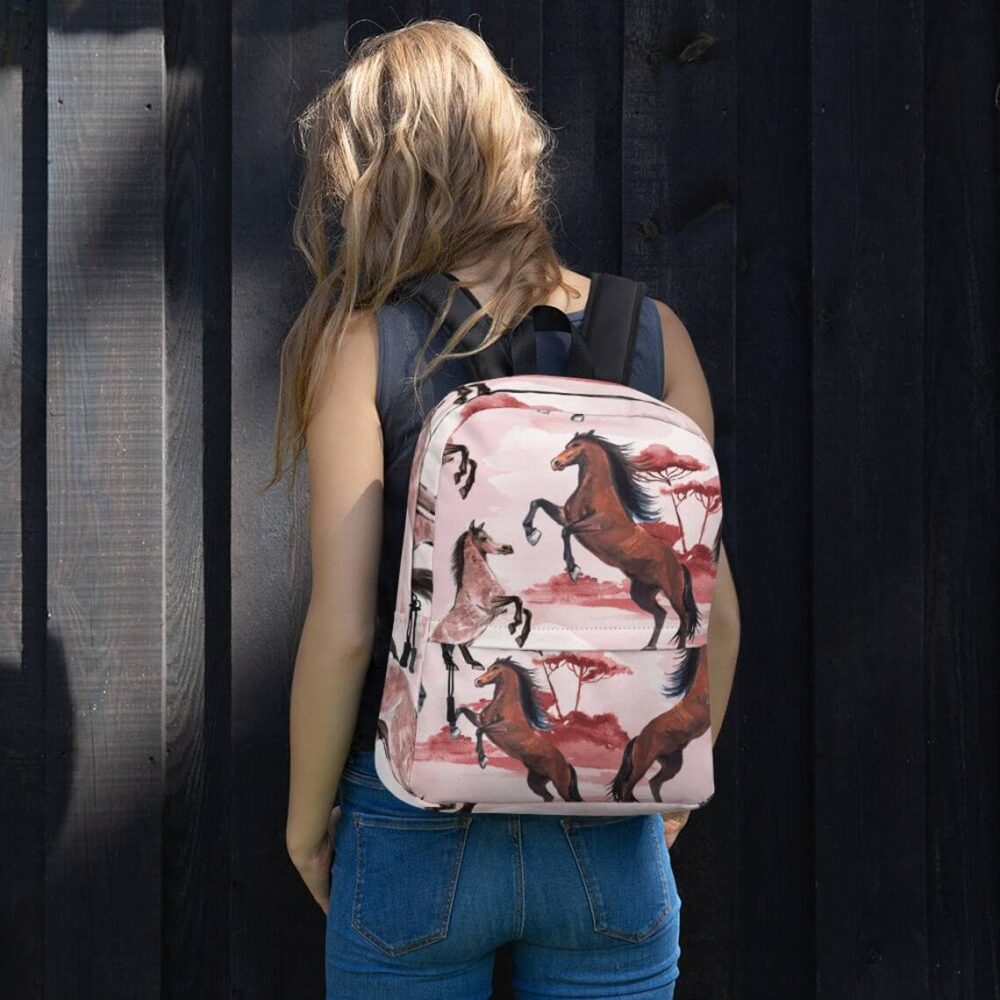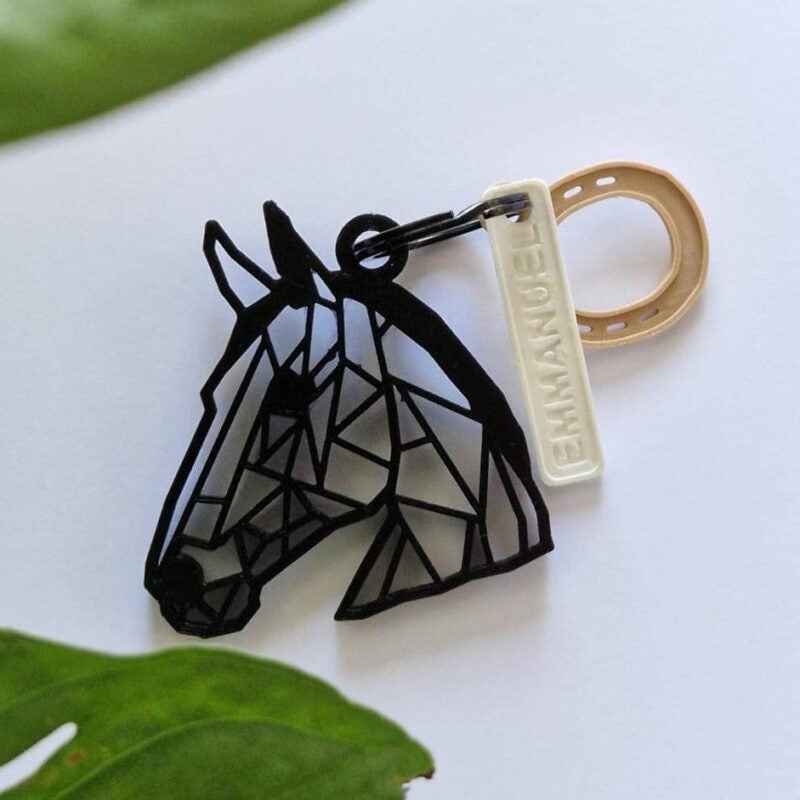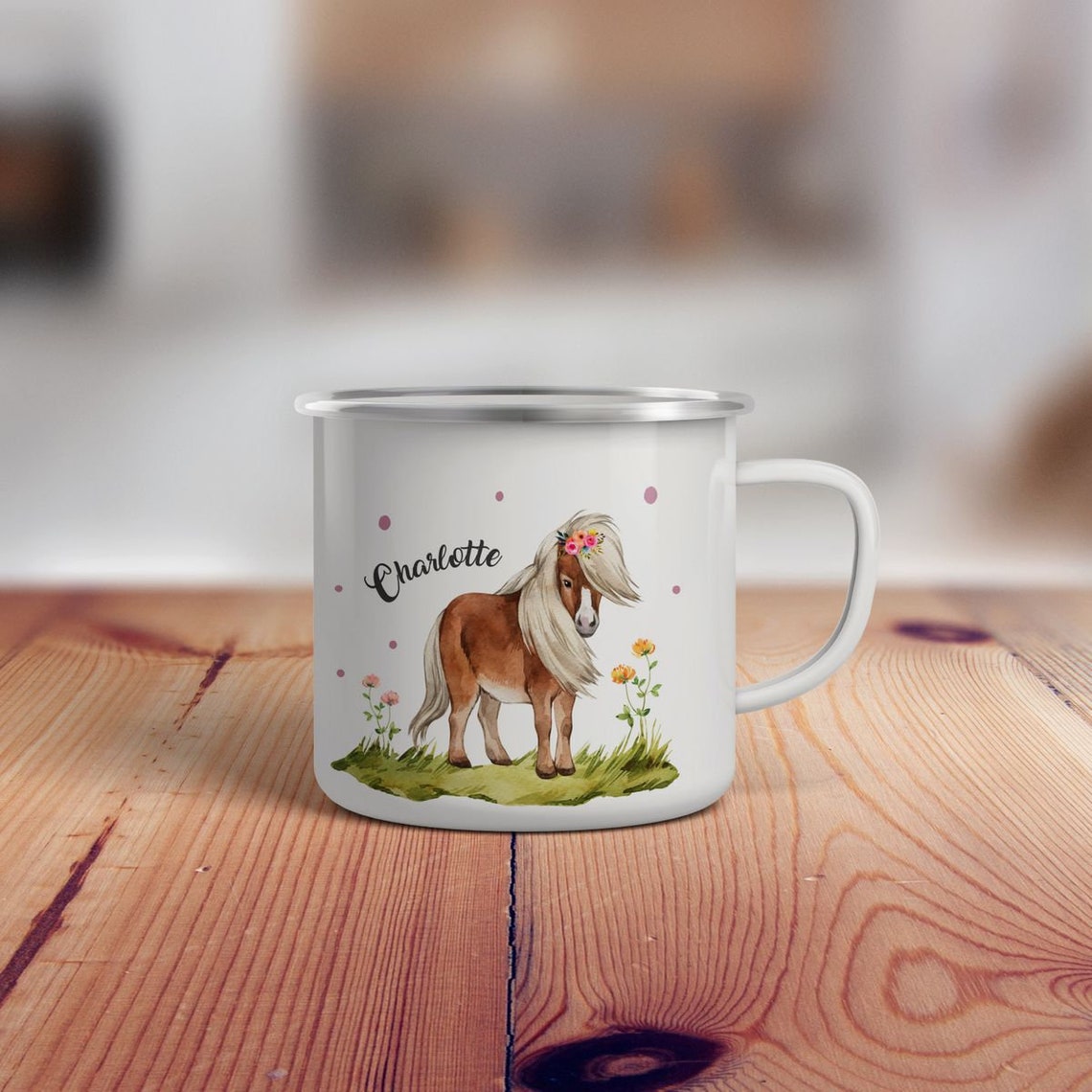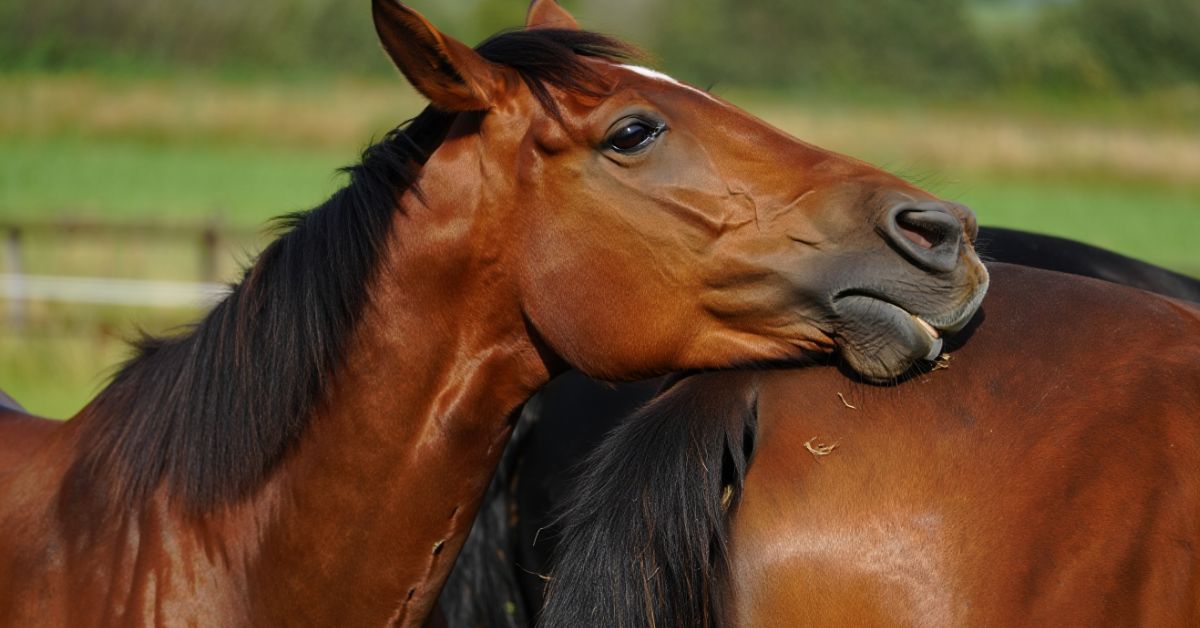
Why Do Horses Like Sugar Cubes: The Sweet Science Behind Equine Treats
Why do horses like sugar cubes so much? If you've ever offered a sugar cube to a horse, you've probably witnessed their immediate excitement and eager anticipation. This natural attraction isn't just coincidence – it's deeply rooted in equine biology, psychology, and evolutionary behavior. Horses and sugar have a fascinating relationship that goes beyond simple taste preferences.
The answer lies in their evolutionary development, natural feeding instincts, and physiological makeup. Horse's sense of taste is remarkably developed, with thousands of taste buds specifically designed to detect sweetness. In the wild, horses naturally seek out sweet plants, fruits, and even tree bark that contain natural sugars essential for energy. When we offer sugar cubes for horses, we're essentially tapping into millions of years of evolutionary programming that drives them toward high-energy, sweet food sources.
Understanding this relationship helps us become better horse owners, creating stronger bonds while ensuring our equine companions receive appropriate treats for horses in moderation. Let's explore the fascinating world of equine nutrition and discover why your horse goes crazy for that little white cube! 🍯
Chapter 1: The Science Behind Horses' Sweet Tooth 🧬
Understanding Equine Taste Biology
Do horses have a sweet tooth? Absolutely! Horses possess approximately 25,000 taste buds compared to humans' 10,000, making their horse palate incredibly sophisticated. Their taste receptors are particularly sensitive to sweetness, which explains their immediate attraction to sugar cubes for horses.
Research conducted by the University of Pennsylvania in 2019 revealed that sweet taste in horses triggers the same reward pathways in their brains as in humans. Dr. Sarah Mitchell, an equine nutritionist, explains: "When horses taste something sweet, their brains release dopamine, creating a pleasurable sensation that they naturally want to repeat."
The equine digestive system is designed to process various carbohydrates, including natural sugars found in grasses and plants. Wild horses instinctively seek out sweet tree bark, fallen fruits, and sugar-rich grasses to supplement their energy needs, especially during harsh winters or periods of intense activity.
Historical Relationship with Sugar
The bond between horses and sugar dates back centuries. During the 1800s, cavalry units regularly used sugar cubes as rewards during training, discovering that training with sugar cubes created more responsive and eager horses. This practice proved so effective that it became standard protocol in military equestrian programs worldwide.
Sugar absorption in horses occurs rapidly through their digestive system, providing quick energy that historically helped working horses maintain stamina during long days of labor. This biological advantage made sugar-based rewards particularly valuable for building positive associations with work and training.
Chapter 2: Psychological and Behavioral Reasons 🧠
The Reward Psychology
Horse psychology and treats reveals fascinating insights into equine behavior. Horses are incredibly social animals that form strong emotional bonds with their handlers. When you offer sugar cube as a reward, you're not just providing a tasty treat – you're participating in a complex communication system.
Behavioral reasons for feeding treats include:
-
Positive reinforcement: Sugar cubes create immediate positive associations with training commands
-
Trust building: Hand-feeding treats establishes physical trust between horse and handler
-
Stress relief: Sweet treats can help calm anxious horses during stressful situations
-
Social bonding: Sharing treats mimics natural herd sharing behaviors
-
Attention seeking: Horses learn that approaching humans often results in sweet rewards
Understanding Natural Instincts
Understanding horse instincts helps explain why horses crave sugar. In natural settings, sweet foods often indicate:
-
High nutritional value
-
Safe, non-toxic plants
-
Seasonal treats that provide extra energy for winter survival
-
Prime foraging opportunities
Bonding with your horse through treats taps into these deep-seated instincts, creating powerful emotional connections that enhance training effectiveness and overall relationship quality.
Chapter 3: Nutritional Considerations and Health Impacts
The Role of Sugar in Horse Nutrition
Equine nutrition experts emphasize that while horses naturally enjoy sweet treats, processed sugar and horses require careful consideration. Natural horse diet consists primarily of grasses, hay, and occasional fruits – all containing natural sugars that their bodies efficiently process.
Modern horse feeding habits have evolved to include manufactured treats, but understanding carbohydrates in horse feed remains crucial for maintaining optimal health. Dr. Jennifer Coleman, a veterinary nutritionist at Auburn University, states: "The key isn't eliminating sugar entirely, but providing it in appropriate amounts that complement their natural dietary needs."
Metabolism and Energy Processing
Sugar and horse health connections are complex. Healthy horses can process moderate amounts of sugar without issues, converting it into glycogen for muscle energy. However, horse metabolic issues can arise from excessive sugar consumption, particularly in horses predisposed to certain conditions.
The average 1,000-pound horse requires approximately 20,000-25,000 calories daily. A standard sugar cube contains roughly 10 calories, representing less than 0.05% of their daily energy needs. This calculation demonstrates why occasional sugar cubes for horses pose minimal nutritional concern when used appropriately.
Timing and Feeding Guidelines
Feeding guidelines for horses recommend offering sweet treats:
-
After meals to minimize digestive upset
-
Following successful training sessions as rewards
-
During grooming sessions to create positive associations
-
Before veterinary procedures to reduce anxiety
Moderation with horse treats typically means limiting sugar cubes to 2-3 per day for average-sized horses, adjusting based on individual health conditions and activity levels.
Chapter 4: Health Considerations and Safe Alternatives
Potential Health Risks
While treats for horses can enhance relationships and training, risks of feeding sugar to horses require serious consideration. Excessive sugar consumption can lead to several health complications that responsible horse owners must understand.
Insulin resistance in horses affects approximately 15-20% of the equine population, similar to diabetes in humans. Horses with this condition struggle to process sugars efficiently, leading to dangerous blood sugar spikes when consuming sugar cubes for horses. The condition often develops gradually, making regular veterinary monitoring essential.
Laminitis and sugar present another serious concern. This painful hoof condition can be triggered by sugar overconsumption, causing inflammation in the sensitive laminae that connect the hoof wall to the coffin bone. Statistics from the American Association of Equine Practitioners show that laminitis affects roughly 13% of horses annually, with dietary factors contributing to approximately 40% of cases.
Dental Health Implications
Sugar and dental health in horses represents an often-overlooked concern. Unlike humans, horses' teeth continue growing throughout their lives, naturally wearing down through constant grinding of fibrous materials. Processed sugar and horses can contribute to dental issues by:
-
Promoting bacterial growth in the mouth
-
Altering the natural pH balance of saliva
-
Potentially contributing to uneven tooth wear patterns
-
Creating sticky residues that attract harmful bacteria
Regular dental examinations become even more critical for horses receiving frequent sweet treats, with veterinary dentists recommending annual or bi-annual checkups depending on individual circumstances.
Healthy Alternatives to Sugar Cubes
Sugar cube alternatives for horses provide safer options while maintaining the positive reinforcement benefits. Healthy horse treats include:
Natural Options:
-
Apple slices (remove seeds, limit to 1-2 per day)
-
Carrot pieces (excellent source of beta-carotene)
-
Watermelon rinds (high water content, low sugar)
-
Peppermint leaves (natural digestive aid)
Commercial Alternatives:
-
Low-sugar horse cookies made with molasses
-
Compressed hay cubes
-
Beet pulp treats
-
Specially formulated diabetic-safe horse treats
Benefits of natural treats extend beyond simple reward systems. These alternatives often provide additional nutrients, promote natural chewing behaviors, and reduce the risk of metabolic complications while still satisfying horses' desire for special foods.
Chapter 5: Building Stronger Bonds Through Responsible Treat Giving
Creating Meaningful Connections
Horse owner's guide to treats emphasizes that successful treat-giving goes far beyond simply handing over food. The process of offering treats for horses creates opportunities for communication, trust-building, and emotional bonding that can transform your relationship with your equine companion.
Research from Colorado State University's Equine Sciences Program, published in 2021, demonstrated that horses who received treats through structured, consistent routines showed 34% better response rates to training commands compared to those who received random treat rewards. This data highlights the importance of intentional treat-giving practices.
Proper Treat-Giving Techniques
Training with sugar cubes requires specific techniques to maximize benefits while maintaining safety:
Hand Position: Always offer treats with a flat palm to prevent accidental nipping. Horses have powerful jaws, and excited horses may accidentally catch fingers along with treats.
Timing: Provide horse rewards immediately after desired behaviors to create clear positive associations. Delayed rewards lose their training effectiveness and may confuse horses about which behaviors earned the treat.
Consistency: Establish regular treat-giving routines that horses can anticipate. This predictability reduces anxiety and creates positive expectations during training sessions.
Express Your Unique Style
At Dream Horse, we understand that every horse-human relationship is unique. Express your style through personalized treat-giving routines that reflect both your personality and your horse's preferences. Some horses prefer gentle, quiet treat sessions, while others enjoy more enthusiastic, celebratory interactions.
Assert your individuality by developing signature bonding rituals with your horse. Perhaps you have a special whistle that signals treat time, or maybe you've created a unique hand gesture that your horse recognizes as an invitation for treats. These personal touches strengthen your bond and make your relationship truly one-of-a-kind.
Long-term Relationship Building
Forage vs. treats balance becomes crucial for maintaining healthy horses while preserving the special nature of treat-giving moments. Horses should receive 85-90% of their nutrition from quality forage sources, leaving room for strategic treat use without compromising their health.
The emotional benefits of responsible treat-giving extend both ways – horses develop stronger trust and affection for their handlers, while humans experience increased satisfaction and connection with their equine partners. This mutual benefit creates a positive feedback loop that enhances every aspect of horse ownership.
Frequently Asked Questions About Why Horses Like Sugar Cubes 🤔
How many sugar cubes can I safely give my horse?
For healthy adult horses, 2-3 sugar cubes daily represent a safe limit. However, horses with insulin resistance in horses or other metabolic conditions should receive sugar cubes only under veterinary guidance. Always consider your horse's size, activity level, and overall health status when determining appropriate quantities.
Can sugar cubes cause colic in horses?
While sugar cubes themselves rarely cause colic directly, feeding large quantities or offering them to horses with sensitive digestive systems can contribute to digestive upset. Safe treats for horses should always be given in moderation and as part of a balanced feeding program.
Are there specific times I should avoid giving sugar cubes?
Avoid offering sugar cubes for horses immediately before intense exercise, during colic episodes, or to horses diagnosed with laminitis, Cushing's disease, or insulin resistance. Additionally, never use sugar cubes as meal replacements or feed them to horses showing signs of digestive distress.
What's the difference between sugar cubes and other sweet treats?
Sugar cube alternatives for horses often provide additional nutritional benefits beyond simple sweetness. Natural options like apple slices offer fiber and vitamins, while commercial horse treats may include beneficial ingredients like probiotics or joint supplements that sugar cubes lack.
How do I know if my horse has developed a dependency on treats?
Signs of treat dependency include pushy behavior, nipping, excessive pawing when treats aren't immediately provided, or refusing to cooperate without food rewards. Maintaining moderation with horse treats and varying reward systems helps prevent these behavioral issues while preserving the positive aspects of treat-giving.
Remember, understanding why horses like sugar cubes helps us become more thoughtful, effective horse owners. By balancing our horses' natural preferences with their health needs, we can create lasting bonds built on trust, respect, and mutual enjoyment. Visit Dream Horse for premium gifts for horse lovers that celebrate your unique equestrian journey! 🐎✨








